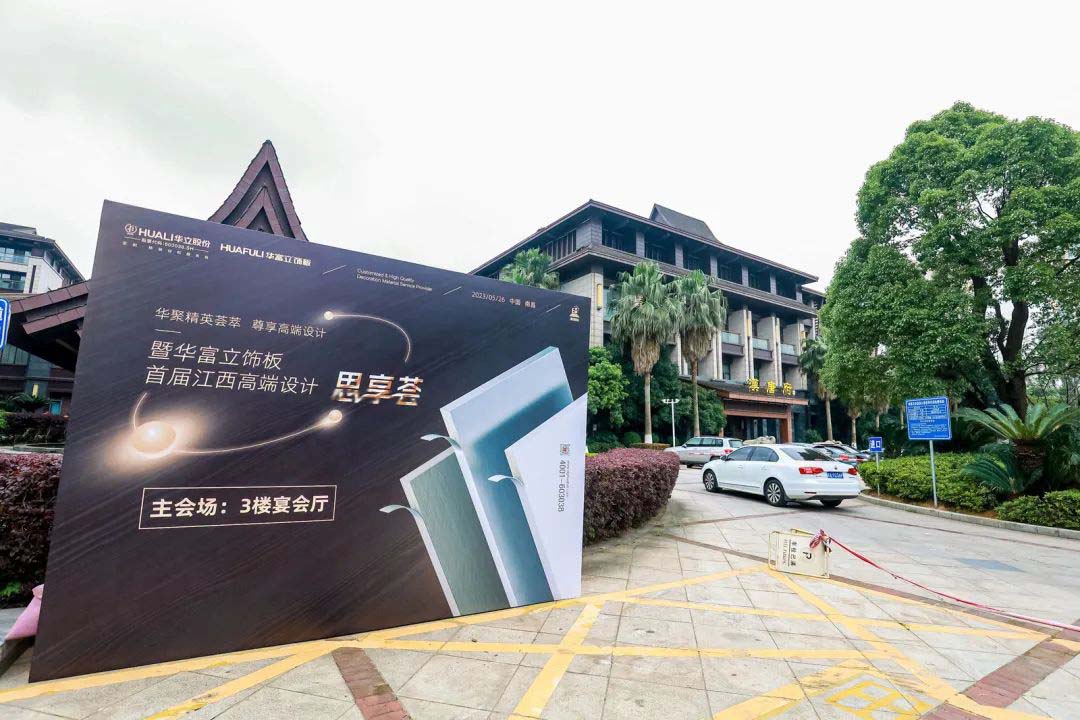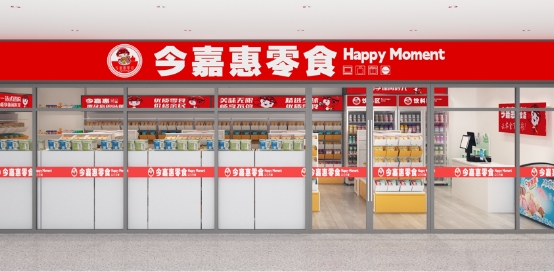Distracted and Overwhelmed Employees Are Costing You Big. Try These 3 Fixes.
2021-06-08 11:57:02来源:

Information overload and the always-connected-24/7-work environment are overwhelming workers, undermining productivity and contributing to low employee engagement, according to Deloitte’s 2014 Global Human Capital Trends report.
Small businesses, in particular, often function with the bare minimum number of employees. An overwhelmed team can significantly affect the company’s bottom line.
Brain research shows that performance on complex cognitive tasks decays with diffused attention. Interestingly, social media is one of the main reasons people report feeling overwhelmed.
According to the Kleiner perkins Caufield Byers’ 2013 Internet Trends report, the typical user checks his/her phone approximately 150 times every day. phone checking instills a sense of an inner reward from scoring a personal, newsworthy or gossipy email or social-media notification. However, this type of smartphone preoccupation is an “addictive” behavior -- it’s not only a time waster, it also is a direct contributor to feeling overwhelmed.
The Deloitte research found that “this constant and frenetic level of activity costs money, perhaps $10 million a year for mid-size companies. More than half (57 percent) of interruptions at work resulted from either social-media tools or switching among disparate standalone applications.”
What’s more, more than half of the respondents to Deloitte’s Human Capital Trends survey believe “that their organizations are not doing a good job helping workers address information overload and today’s demanding work environment.”
To address this, companies need a purposeful approach to helping employees identify and manage the triggers that lead to feeling overwhelmed. Below are some concrete ways for employers to help employees stay on task and on time.
1. provide attention-management training. Managing attention is like managing money -- once you spend it, it’s gone. By incorporating attention-management instruction into training sessions and annual reviews, employees will learn techniques to make the best use of their time.
For example, the website Mind Tools suggests that employers teach employees how to create action programs instead of to-do lists. Action programs incorporate short-, medium- and long-term goals that help employees prioritize immediate actions, keep track of projects they have delegated and maintain a list of the projects they plan to work on. This more extensive organizational system will help employees better manage their attention and those reporting to them.
2. Allow flexibility in the workforce. To the extent possible, employers should afford employees flexibility in how and when they get the job done. Working with employees to find a work schedule that accommodates both of your needs will go a long way in increasing employee morale, loyalty and productivity and potentially save your business money.
58003
It continues, "If workplace flexibility reduces absences by 20 percent and if all of this reduction translates into lower costs for employers, the implied savings to the U.S. economy due to flexibility are almost $15 billion a year.
3. Set clear and consistent priorities. The number-one time-wasting activity is surfing the Internet for personal reasons, according to a recent poll from Survey.com. 58003
Managers should communicate regularly with their employees about priorities and deadlines. Employees should also be encouraged to ask questions and periodically check in to make sure that they are meeting their manager’s expectations.
Also, it may seem counter intuitive, but encouraging employees to take a real lunch break can also help with managing priorities. 58003
Most employers -- especially small-business owners -- feel pressed for time and focus their limited resources on developing employees’ technical skills. However, one of the most important areas of personal and professional growth lies in helping employees manage their attention and energy.
Being engaged at work (whether in the office or at home) and focused on the immediate task at hand has been shown to increase resilience in the face of stress, provide clarity in dealing with complex situations, foster creativity and enhance emotional regulation.
Building a workforce where attention is treated as a precious resource can be achieved by instituting clear priorities, developing attention-management skills and allowing workplace flexibility. All of that will go a long way in reducing the state of overwhelm and move employees from a state of surviving to a state of thriving.




















